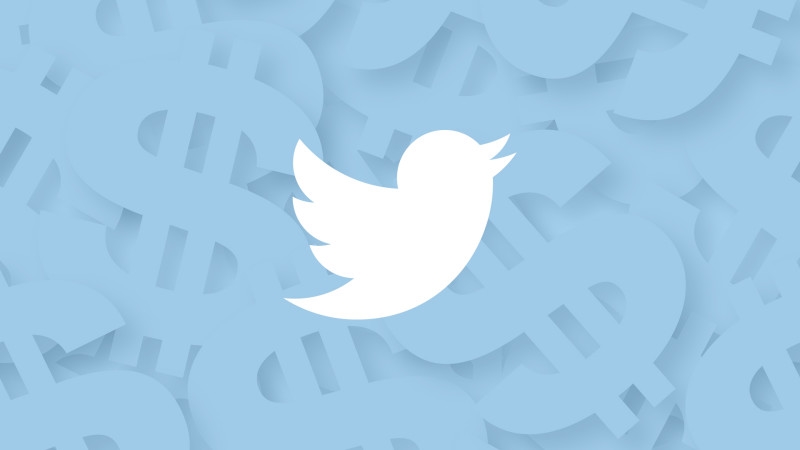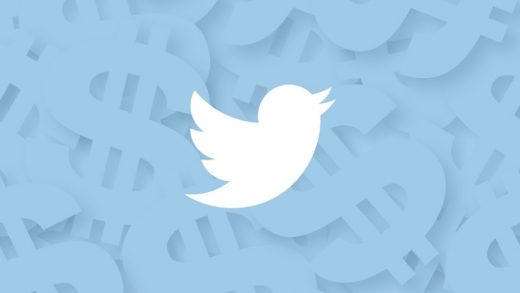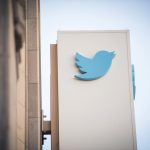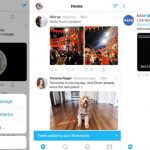Anthony Noto left Twitter’s ad business in a better place despite revenue declines, say ad buyers
Twitter’s recently departed COO tightened the company’s sales strategy and relationships with advertisers.

The Consumer Electronics Show in Las Vegas each January has become the kickoff event for the advertising industry’s year. Following this year’s show — and a year of lows for the company — Twitter was riding high.
“There was some interest and revived excitement around Twitter coming out of CES. There was the expectation that this might be a rebirth year,” said Mike Dossett, associate director of digital strategy at RPA.
Then last week, Twitter announced that its COO and revenue boss, Anthony Noto, was stepping down to become CEO of financial tech firm SoFi.
“Everyone was a bit shocked because he was very active at CES representing Twitter, which wasn’t that long ago,” said Katherine Patton, director of paid social at Dentsu Aegis Network’s iProspect.
Noto is widely credited with whatever bright spots Twitter has enjoyed over the past year, such as its push toward premium live and on-demand video. That push had helped to reaccelerate the company’s audience growth in 2017 and was supposed to revive its sagging ad revenue in 2018, having stabilized its standing among ad buyers.
His departure could be seen as casting a shadow over that potentially bright future. But agency executives don’t see it that way.
Noto’s lasting impact
Externally, Noto’s legacy at Twitter may be securing deals with companies like Bloomberg, BuzzFeed and Cheddar to produce original shows, but among ad buyers, his lasting impact will be having fortified the company’s relationships with advertisers.
“There has been a tremendous improvement [in Twitter’s relationship with ad buyers],” said Patton. Previously, Twitter employed a very sales-heavy strategy when approaching advertisers and their agencies without being able to distill a central reason brands should buy its ads, she said. Under Noto’s leadership, the company’s sales reps have focused their messaging around video.
“The tighter focus on video content and exclusive video content, those are things that help me advocate for advertisers how to best leverage and utilize the platform,” said James Douglas, senior VP and head of media at Interpublic Group’s Society.
Coinciding with that tighter focus, Twitter’s sales reps have been able to tighten their connections with advertisers and agencies. “What they’ve done a tremendous job of is taking feedback from agencies and changing the way they approach the business to reflect that and have a better working relationship. They’ve done a great job of listening to what clients and agencies say,” said Patton.
Over the past six to eight months, Twitter’s reps have become much more proactive, according to Douglas. “For the longest time, Twitter was very quiet. There was a lot of turnover, a lot of changes and not a constant voice. They do have a constant voice now. We’re hearing from them more frequently,” he said.
Case in point: On the same day Twitter announced Noto’s departure, Society heard from its sales reps at the company. “Our Twitter reps were very proactive at reaching out with details and putting our minds at ease,” Douglas said.
How long will that impact last?
However, concerns linger regarding the long-term impact of Noto’s departure.
While Noto has improved Twitter’s sales strategy, his work has yet to improve Twitter’s sales. Heading into the fourth quarter of 2017, Twitter’s ad revenue had declined year over year for four straight quarters. And that will likely remain the case when Twitter reports Q4 earnings next week.
Despite the period being when advertisers typically spend a bulk of their budgets to win over holiday shoppers, iProspect’s clients spent 50 percent less on Twitter’s ads in Q4 than they did the year before, according to Patton, who had yet to hear from Twitter regarding Noto’s departure as of last Friday.
That trend points to one problem with Twitter’s business that Noto was unable to fix and may have even amplified: trouble serving direct-response-oriented marketers. For years, Twitter has struggled with advertisers who care more about sales than attention, and the attention that Noto directed toward brand-friendly video ads may have hurt its sales among performance-minded marketers. “Because Twitter doubled down on video and video is not a top-performing DR tactic, that’s probably a contributing factor,” said Patton, whose agency specializes in these kinds of campaigns.
RPA’s Dossett had not yet heard from Twitter as of last Wednesday, but he expects to meet with the company’s reps on behalf of his agency’s largest client in a couple of weeks. In that meeting, he will be interested to hear to what extent the company plans to continue the strategy Noto had put in place or whether his departure presages another shift. “Frankly that’s not something that’s been communicated yet,” he said.
“When you look at how much of a driving force he was in their big go-to-market approach, which was premium video and live video — if he was the architect of that and the face and the driving force, you have to hope he also, in his operational rigor, left behind a system, an infrastructure that can help to support that vision in the long run,” said Dossett.
Marketing Land – Internet Marketing News, Strategies & Tips
(14)














